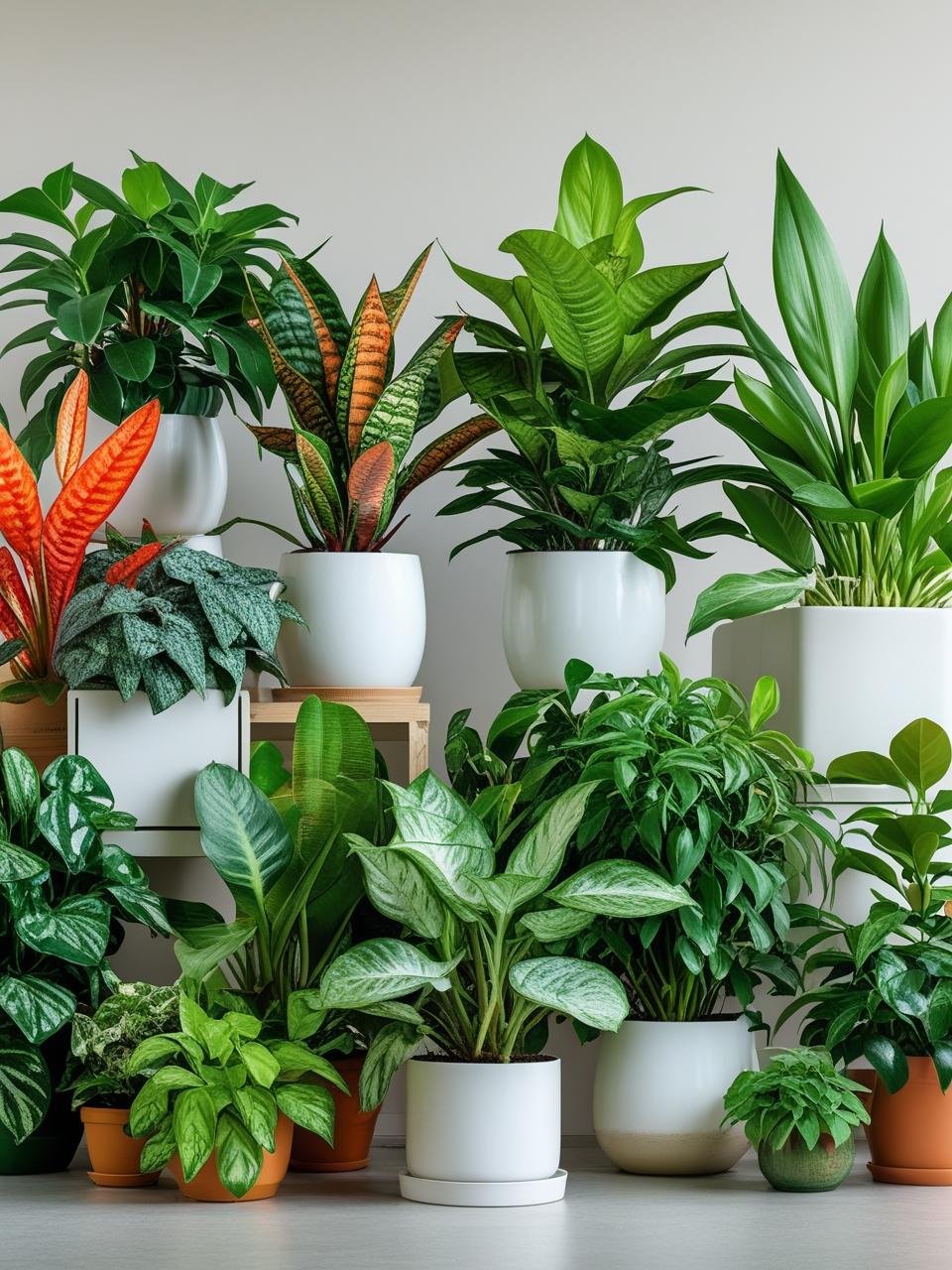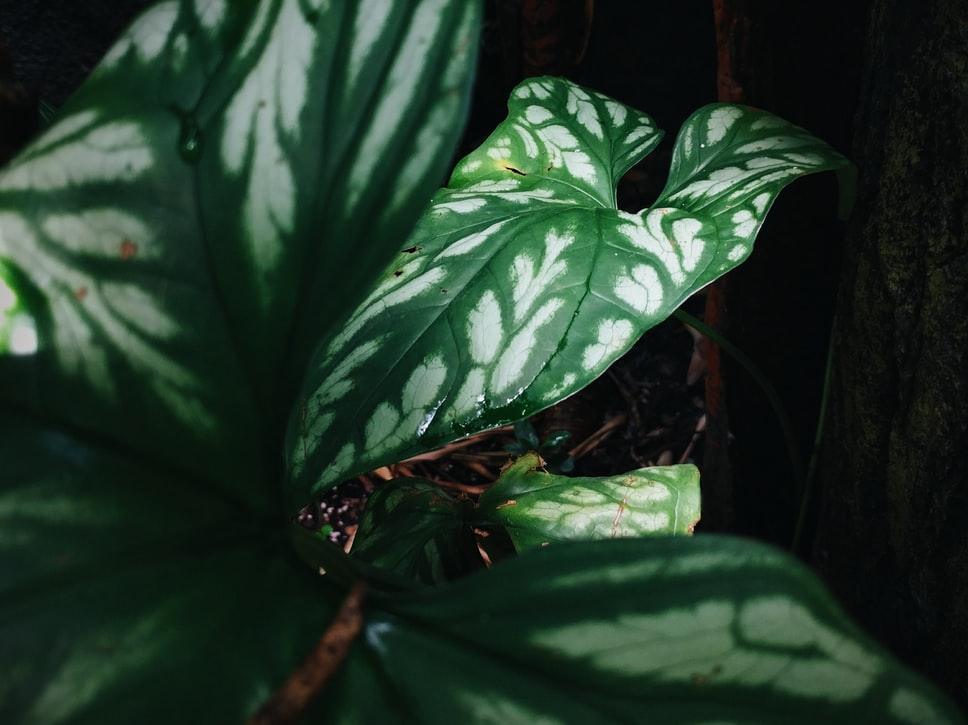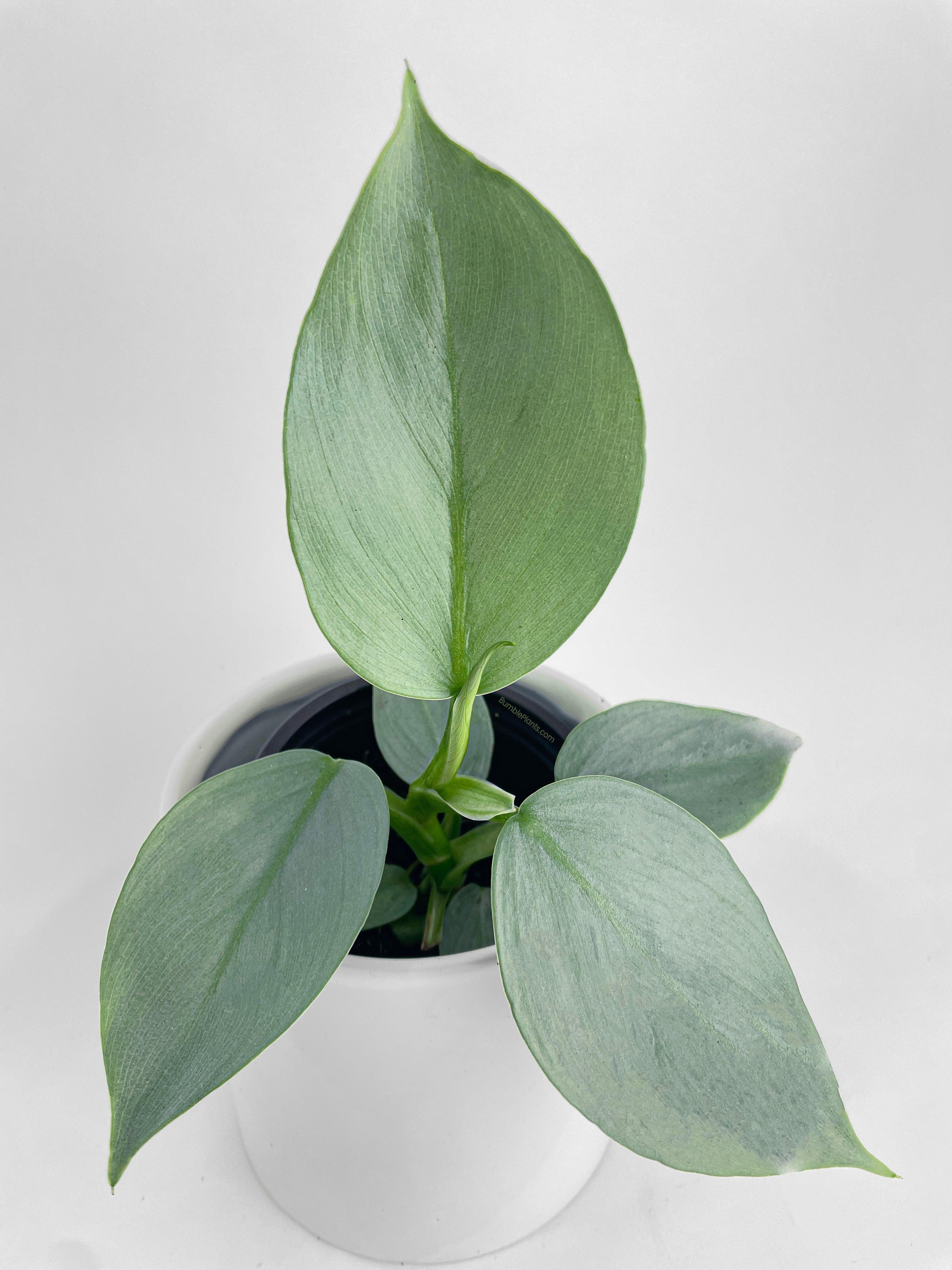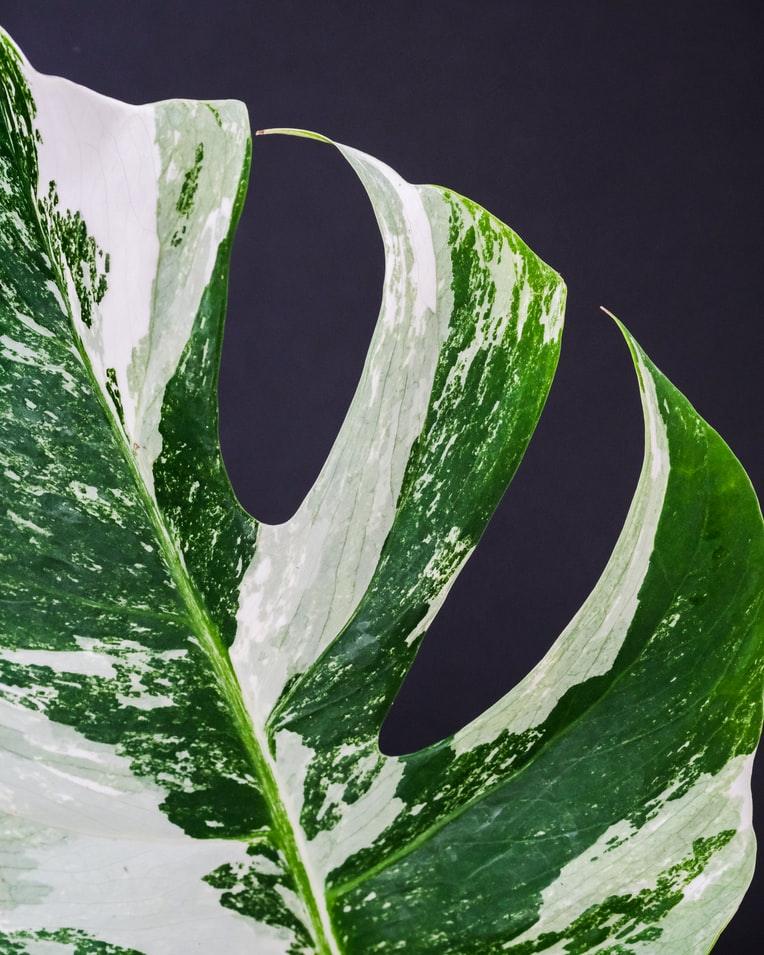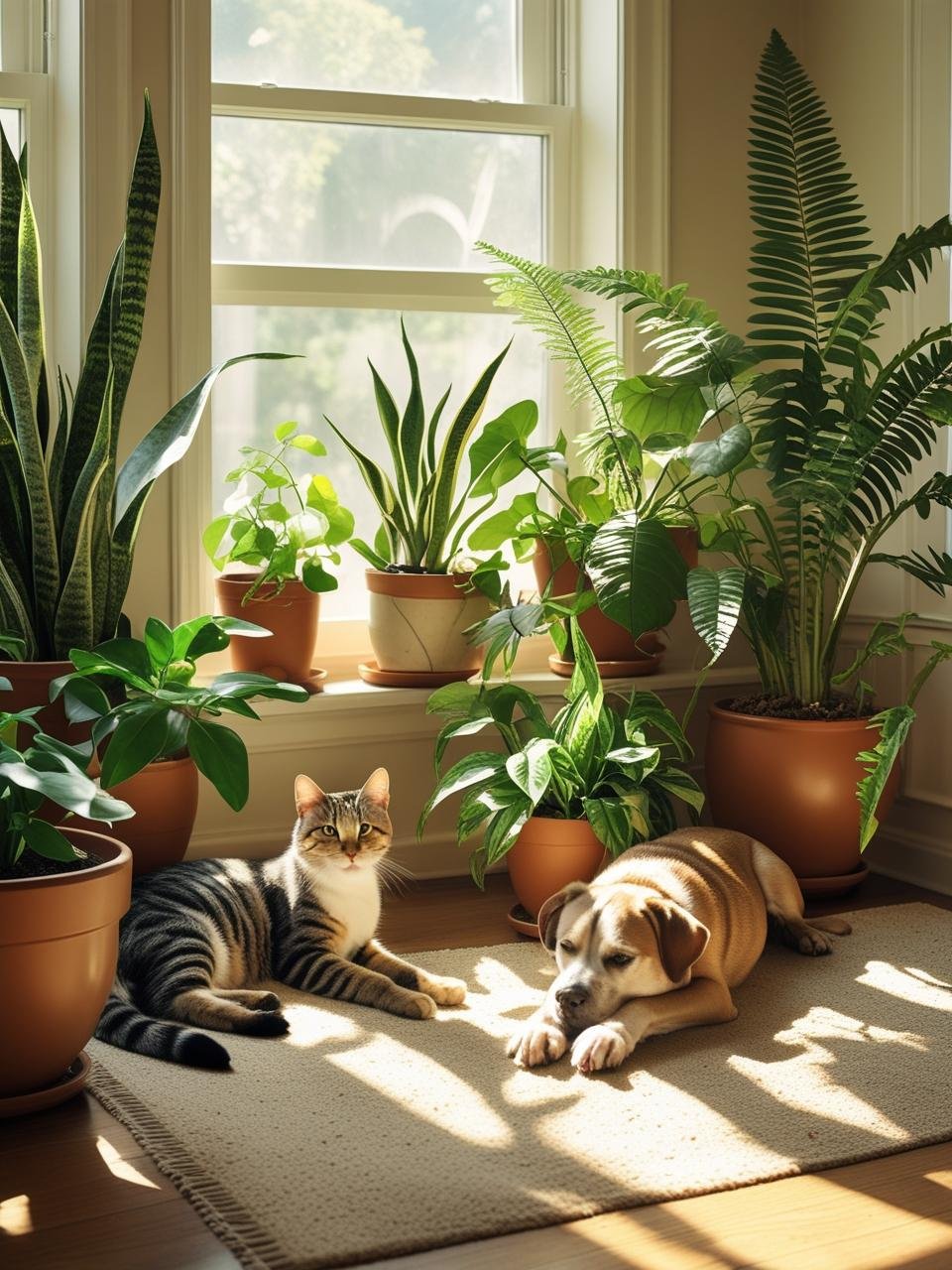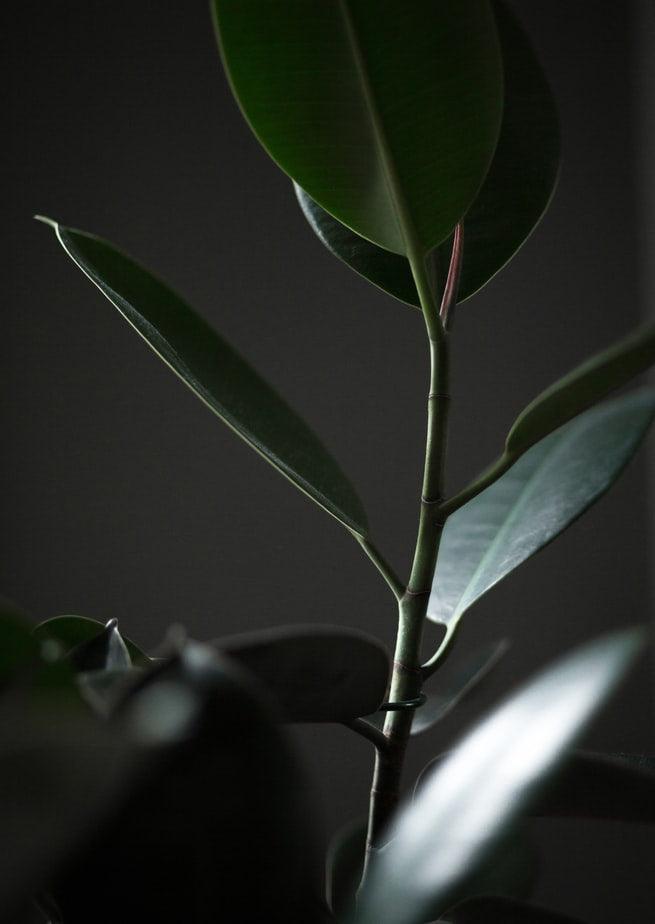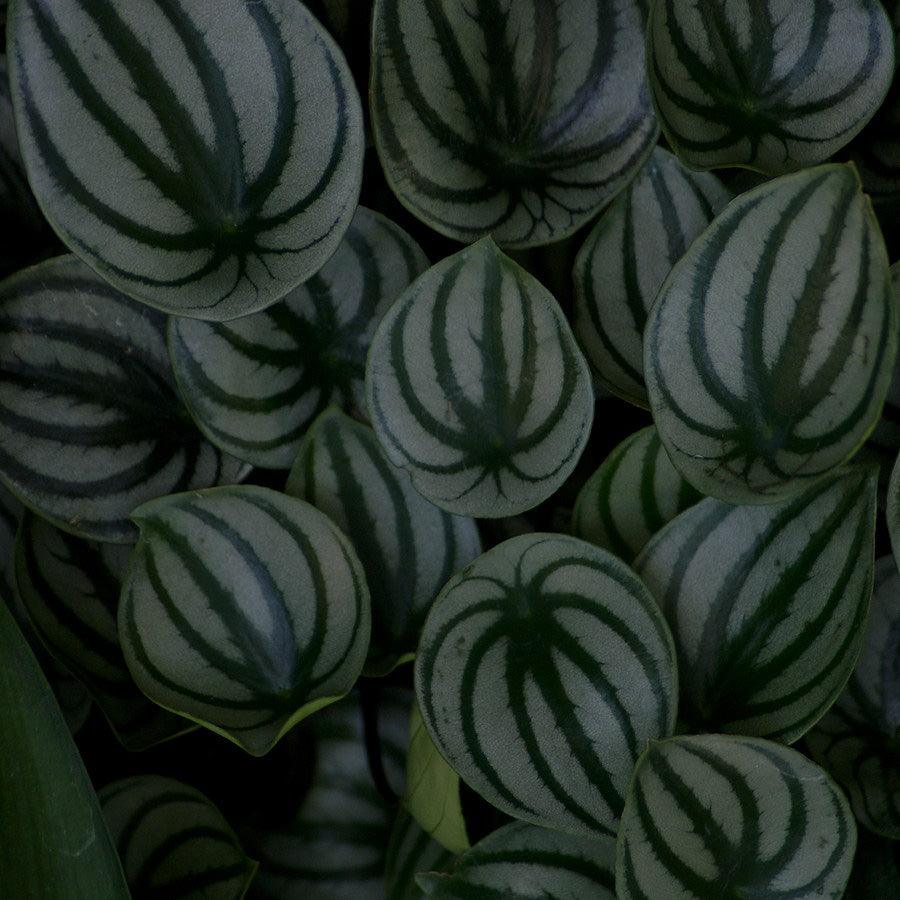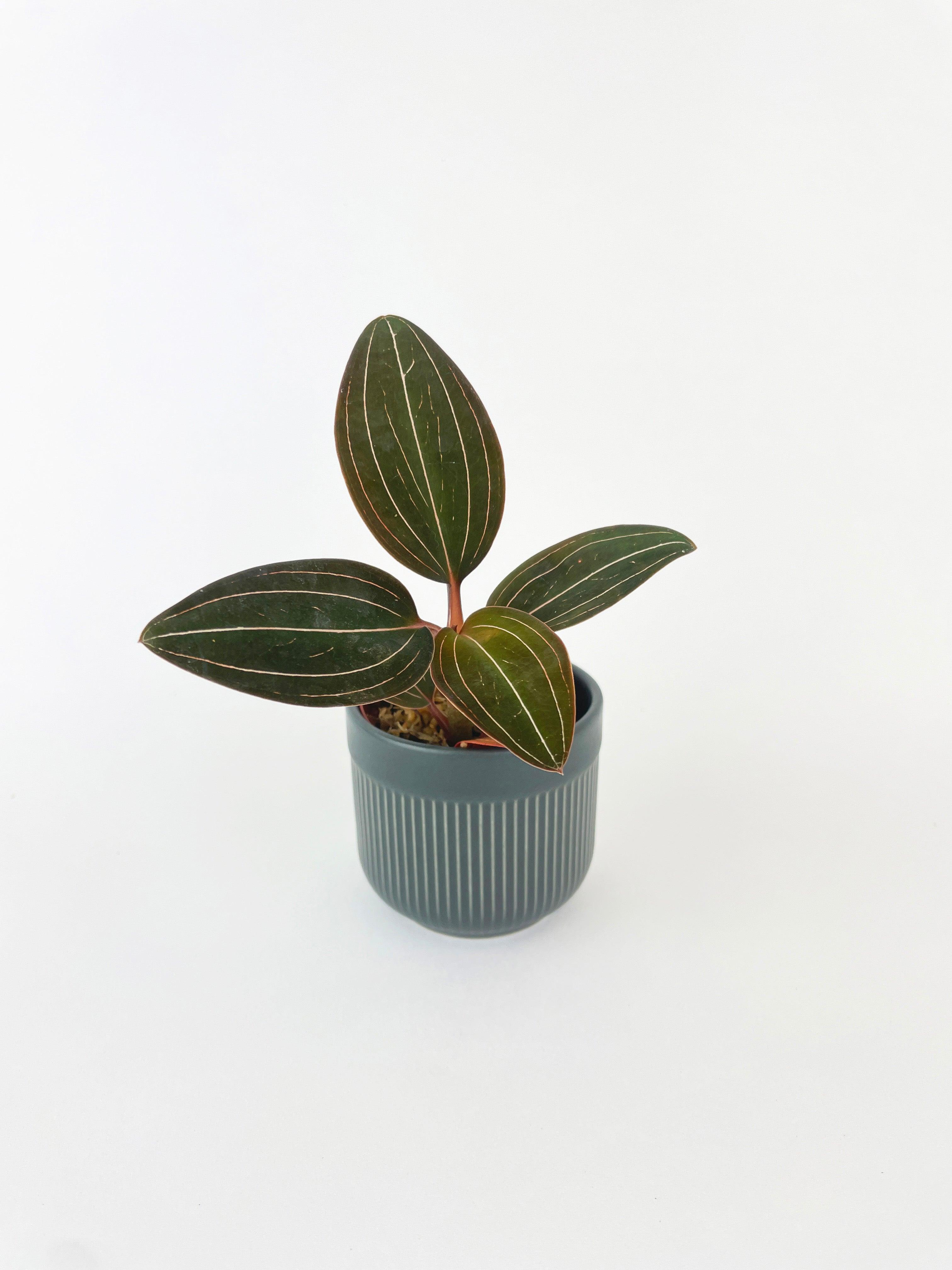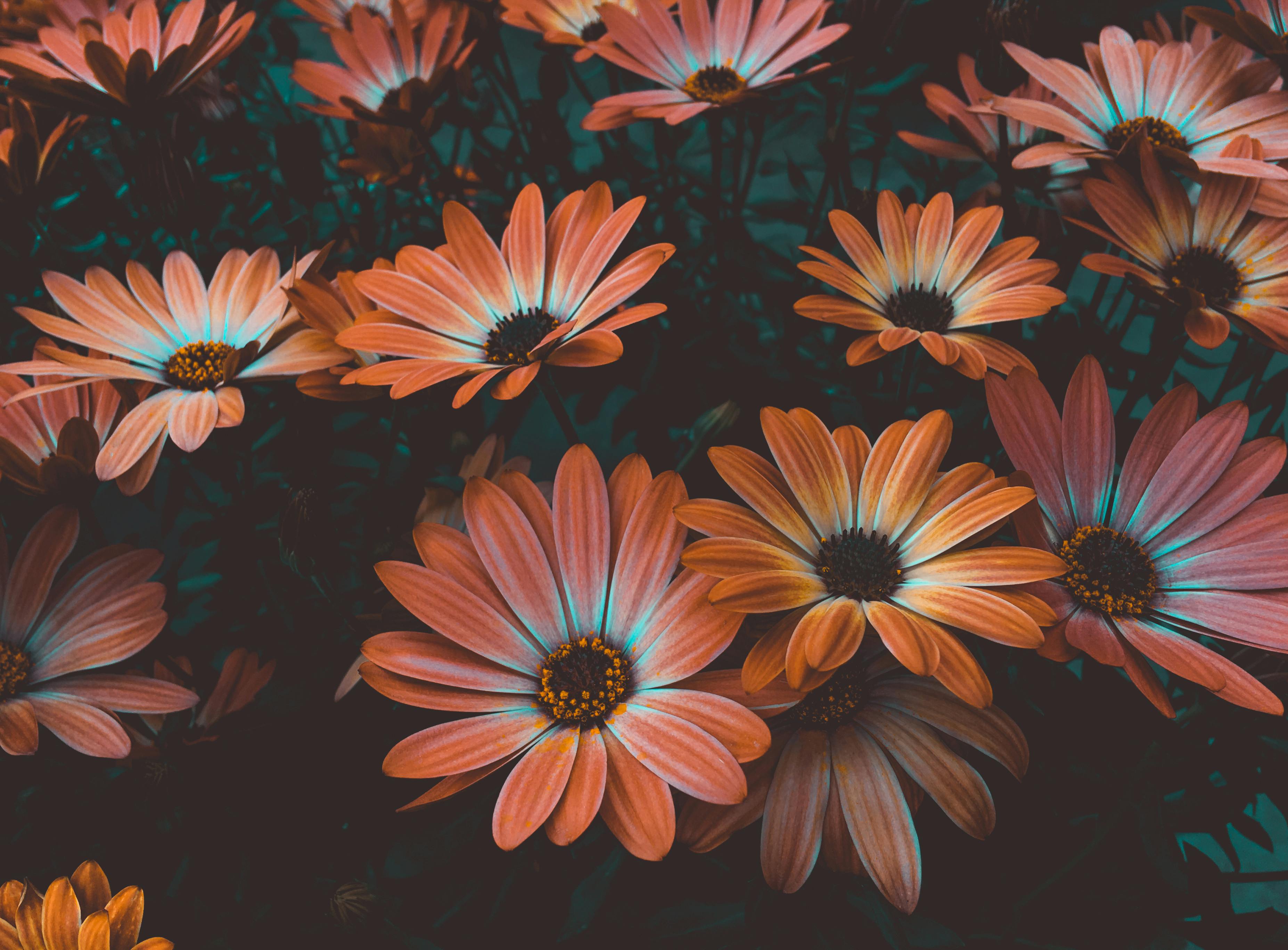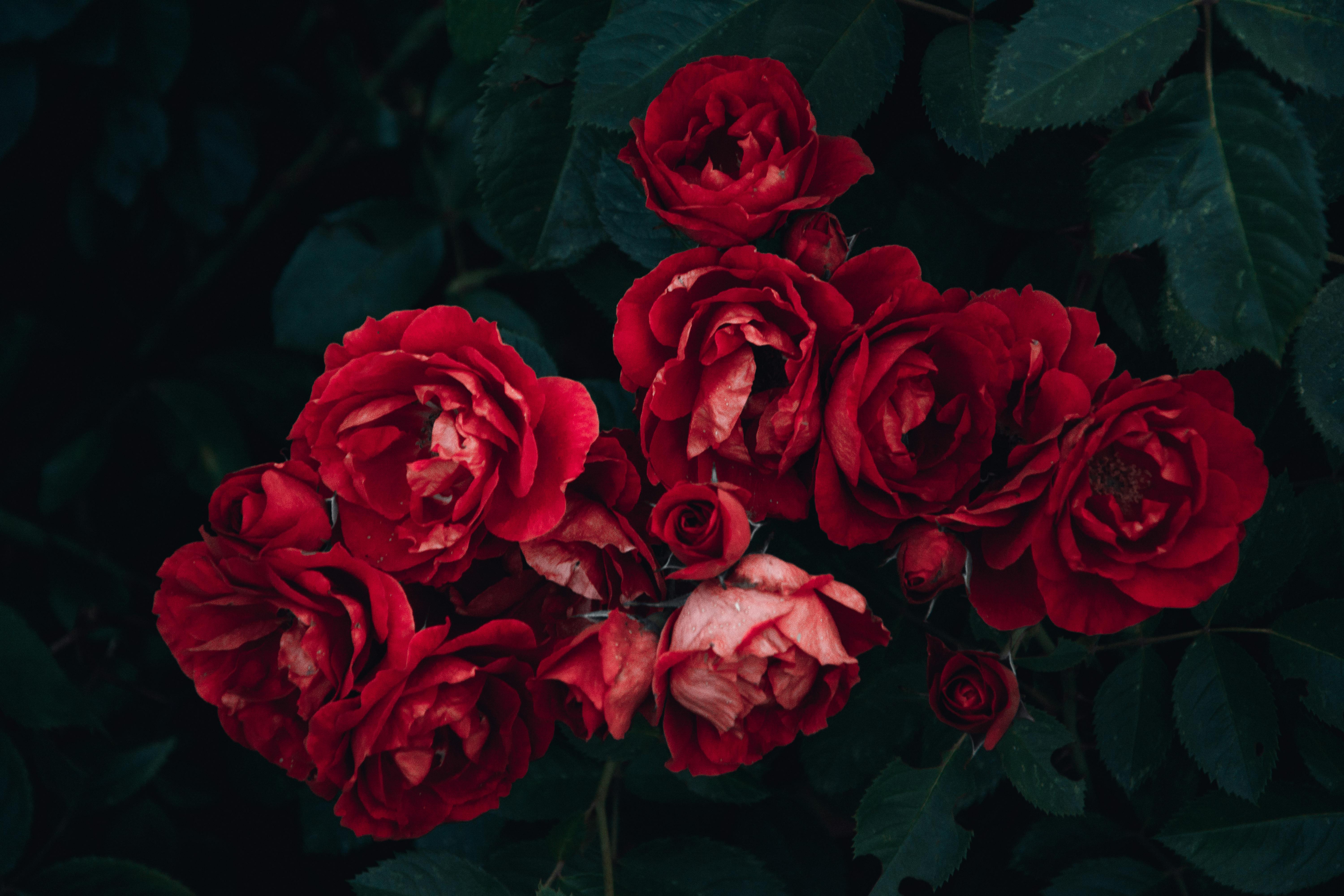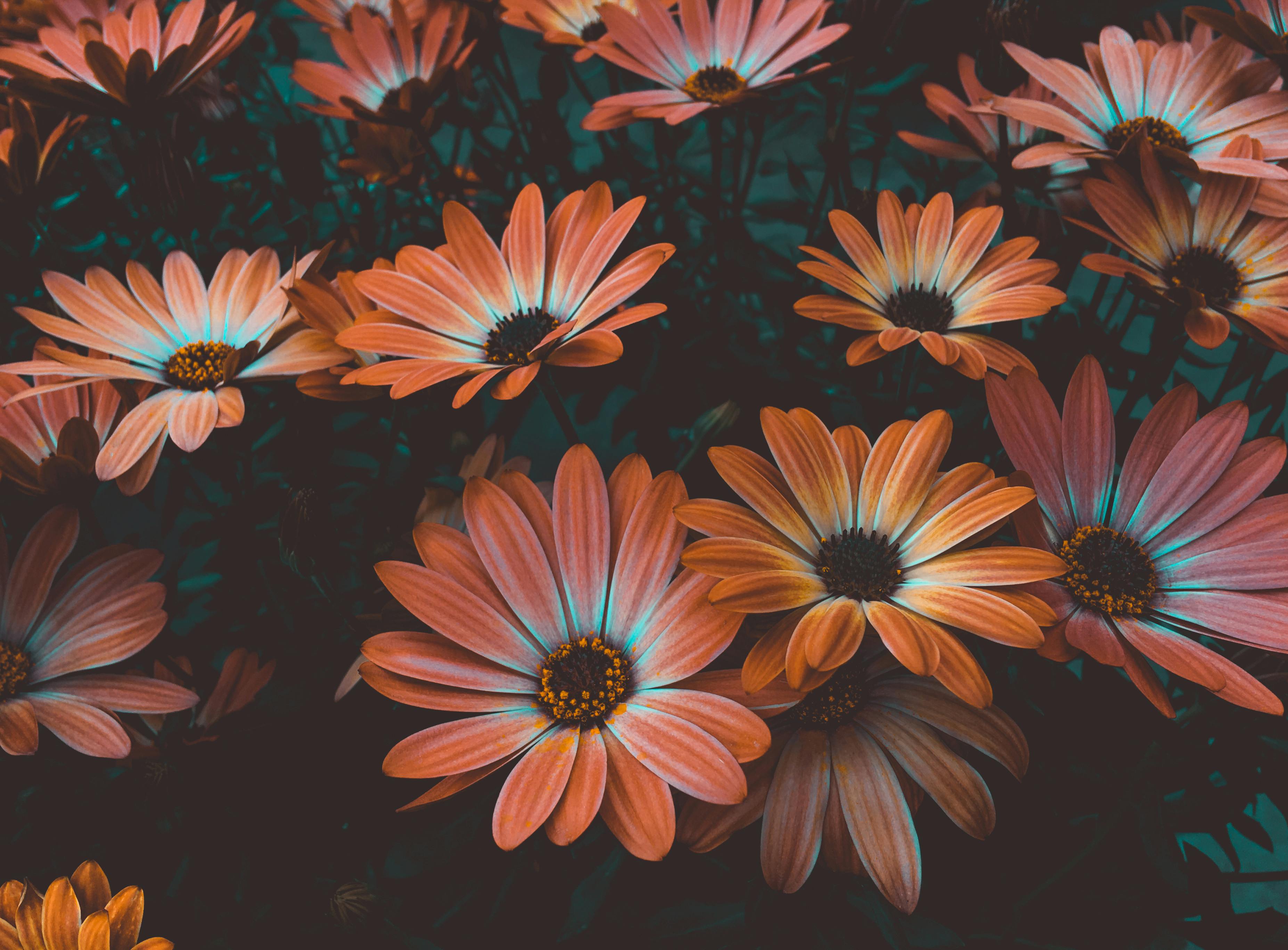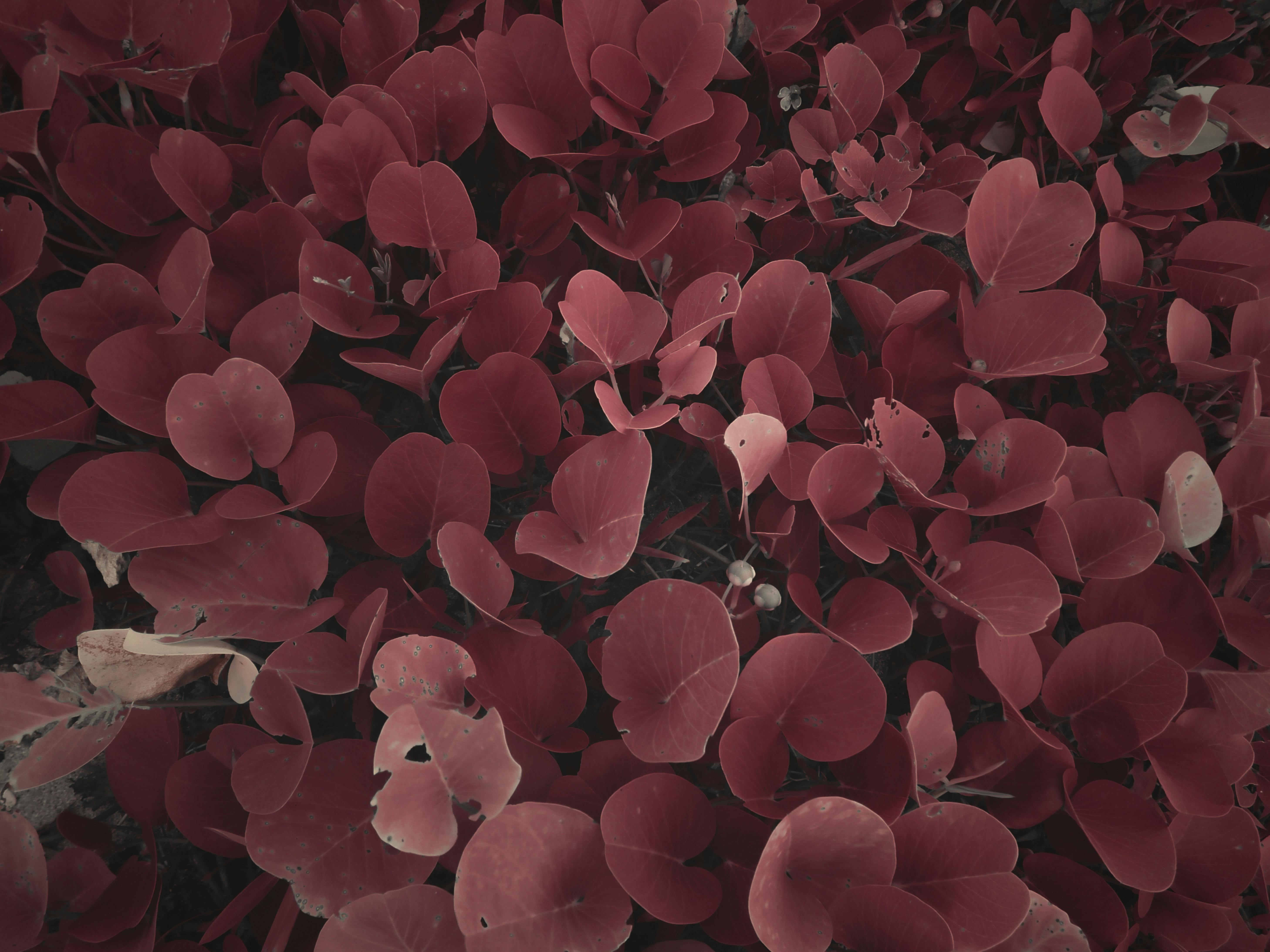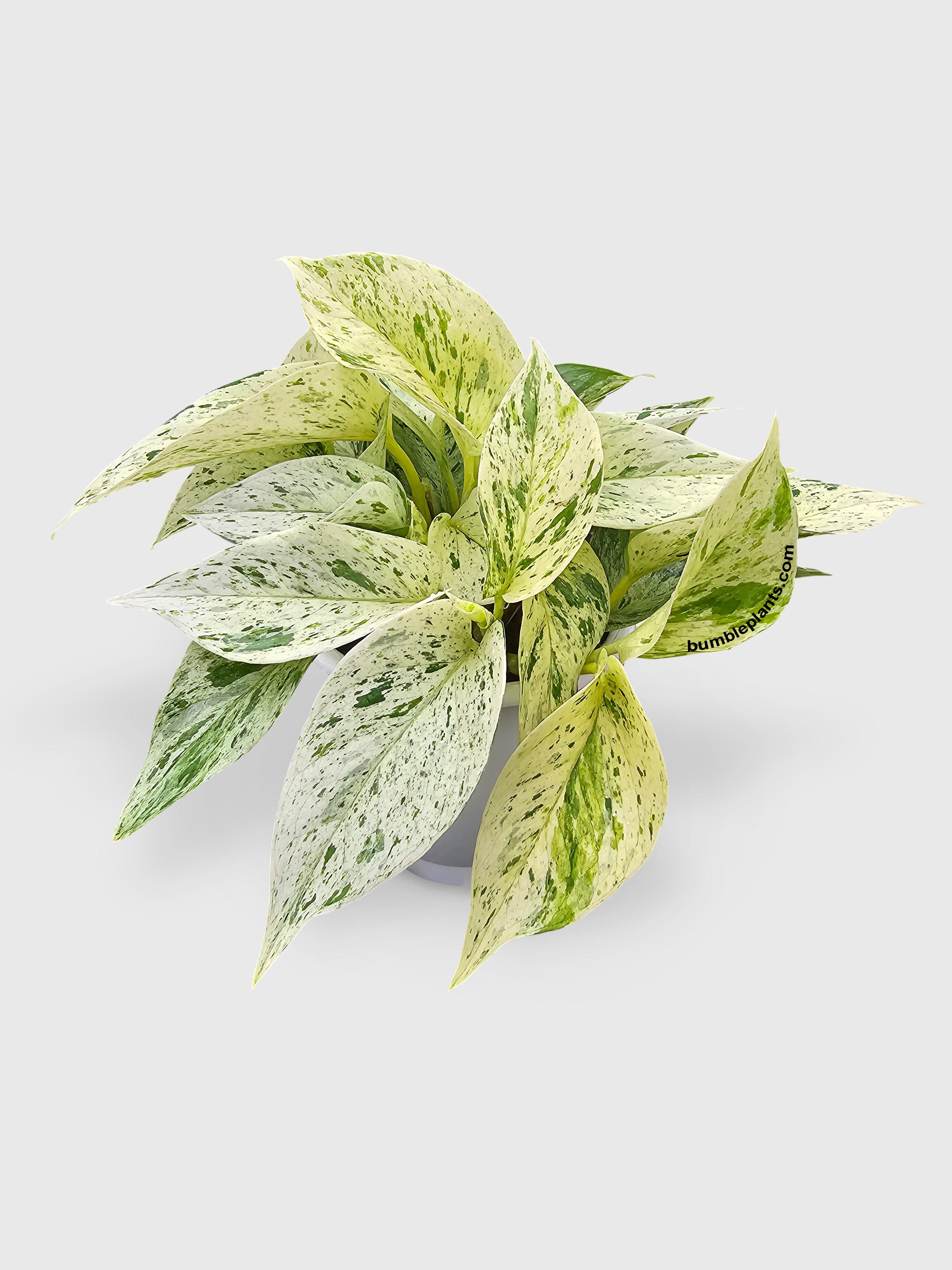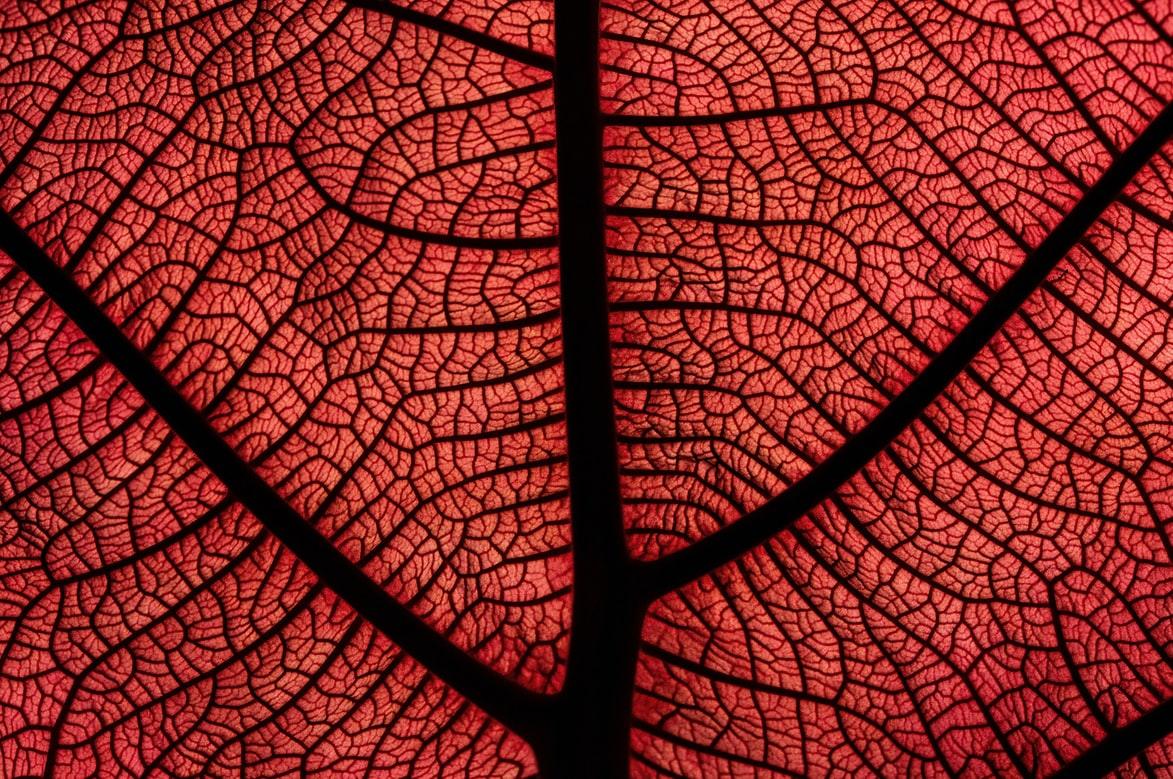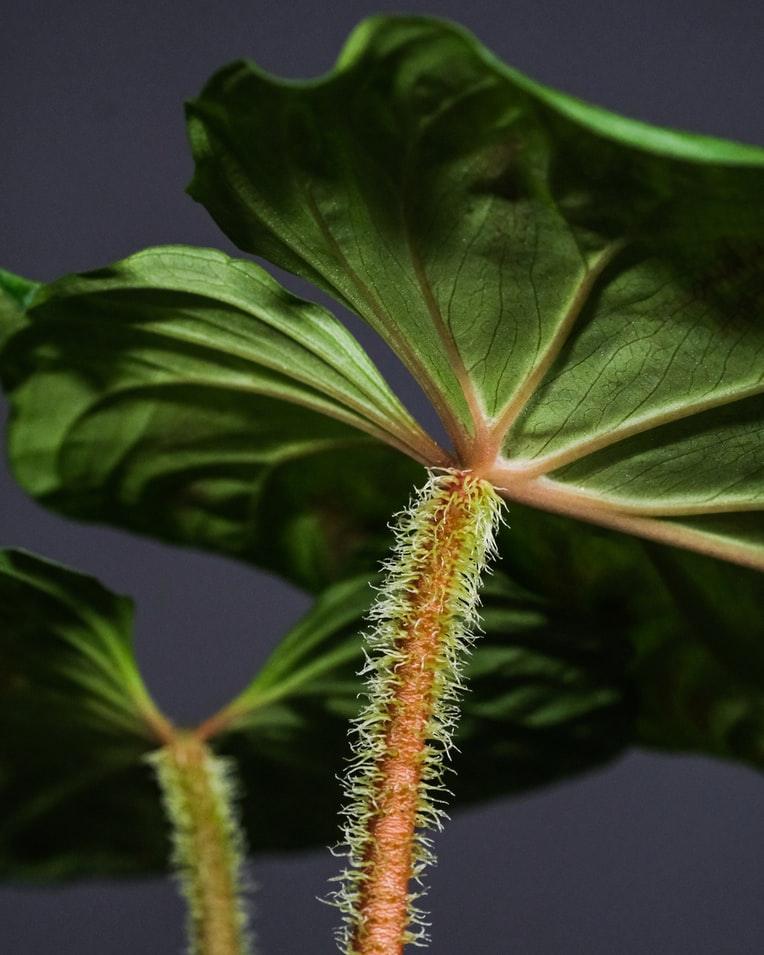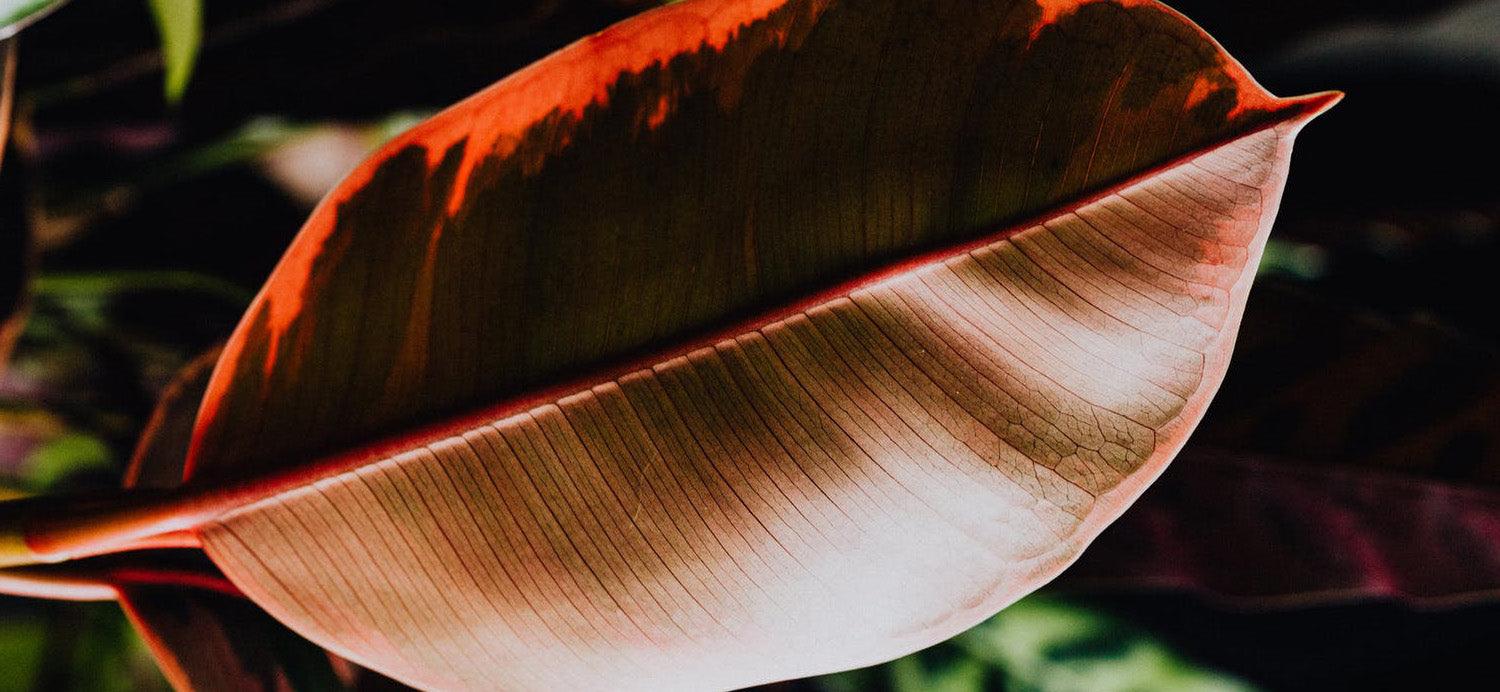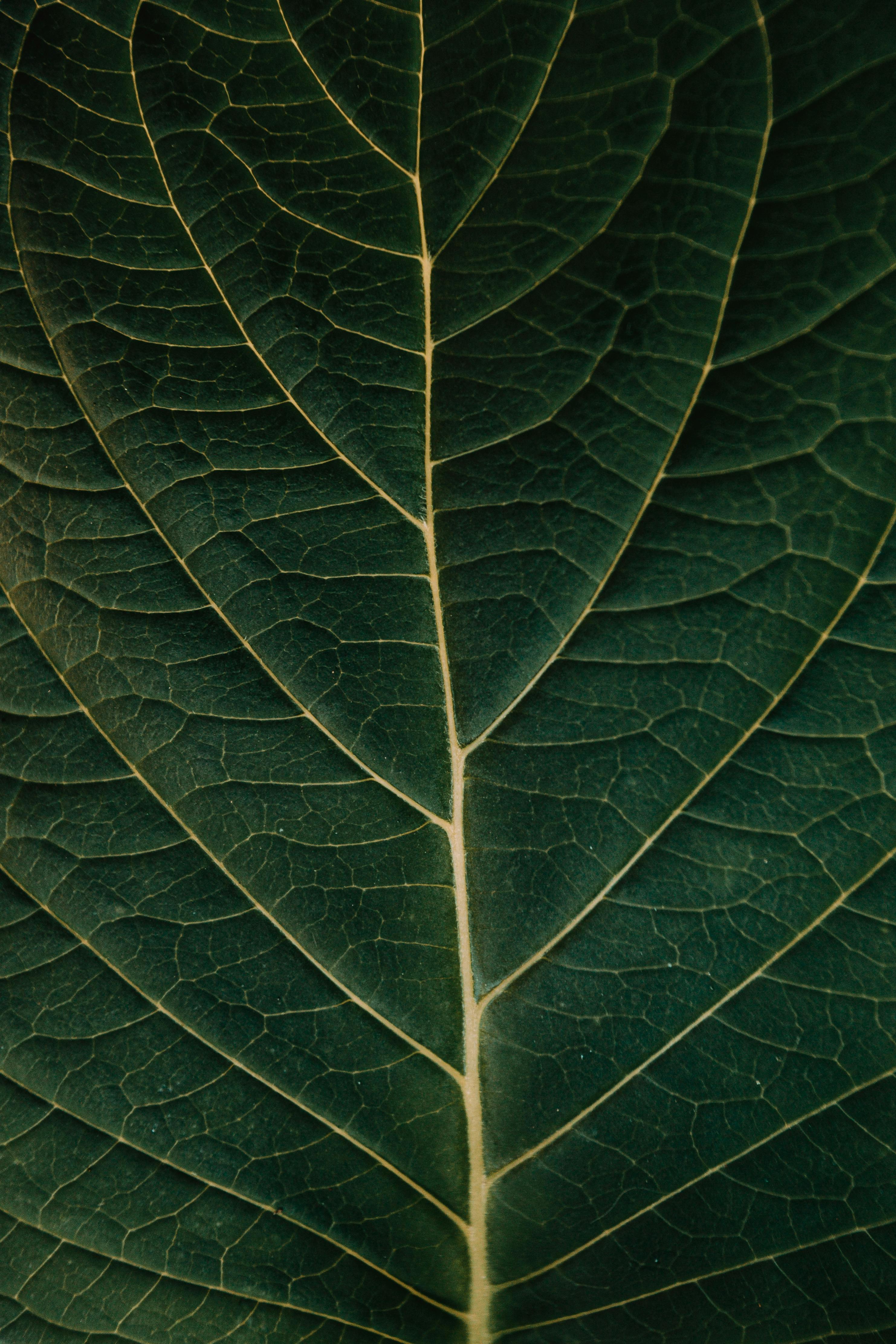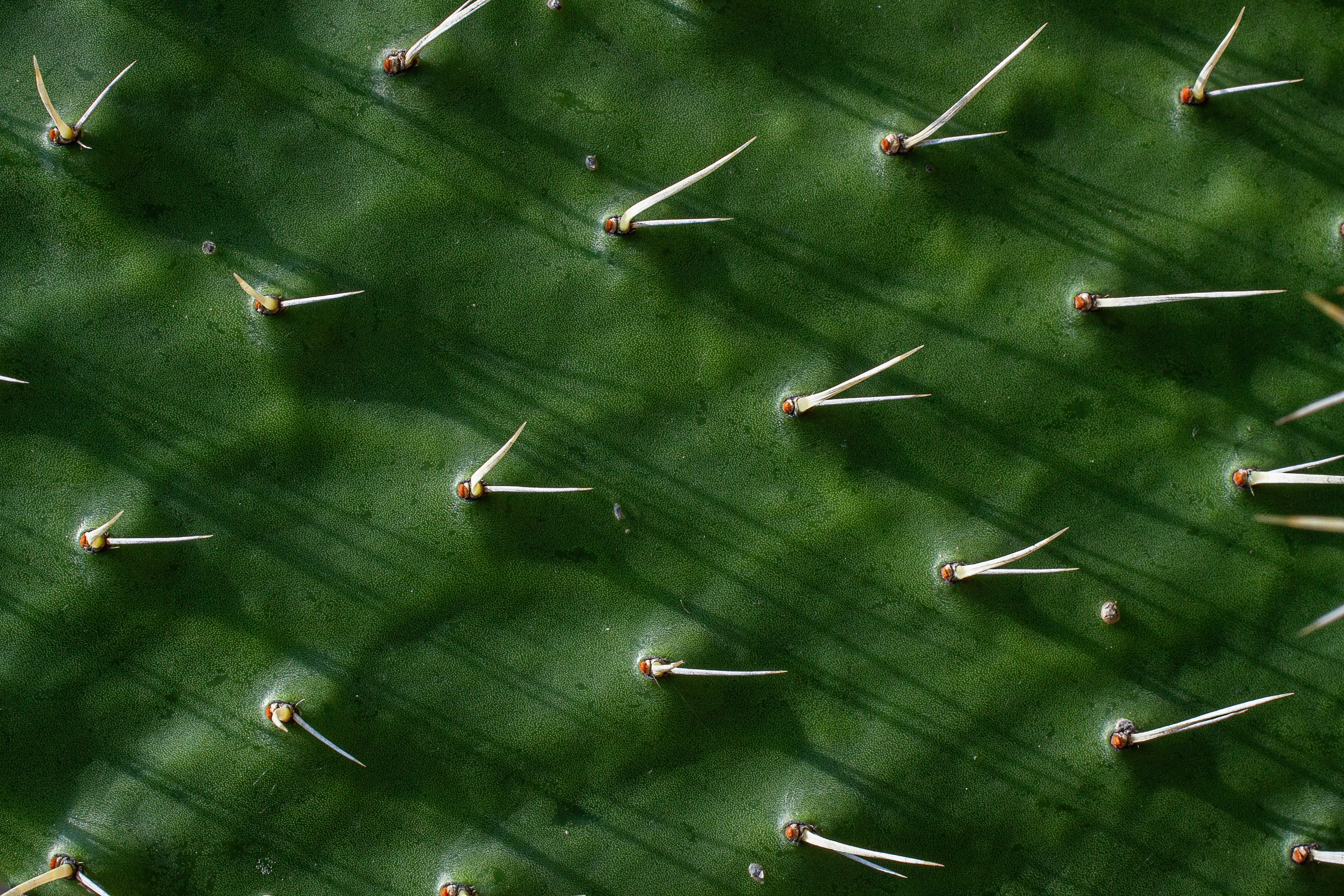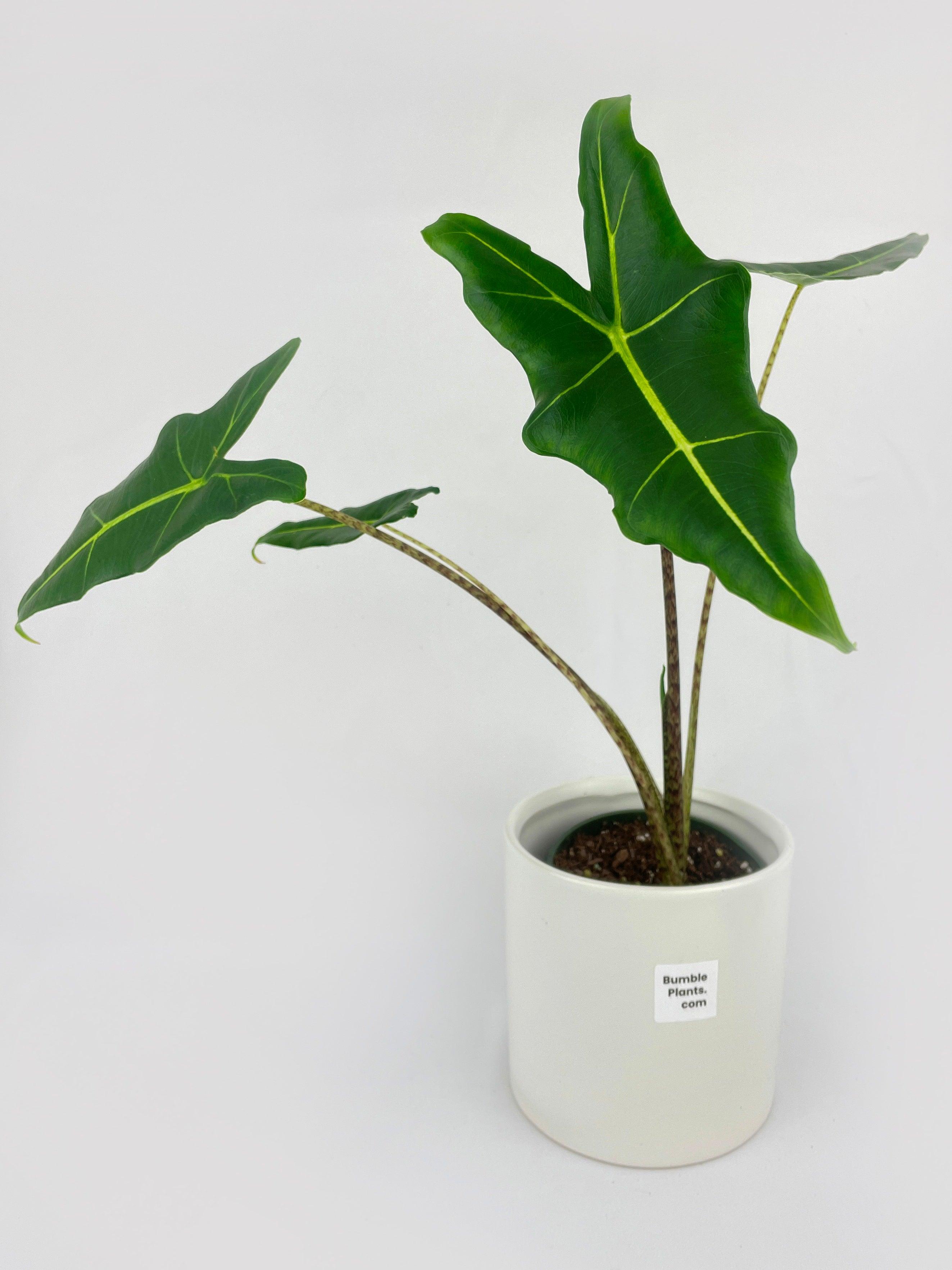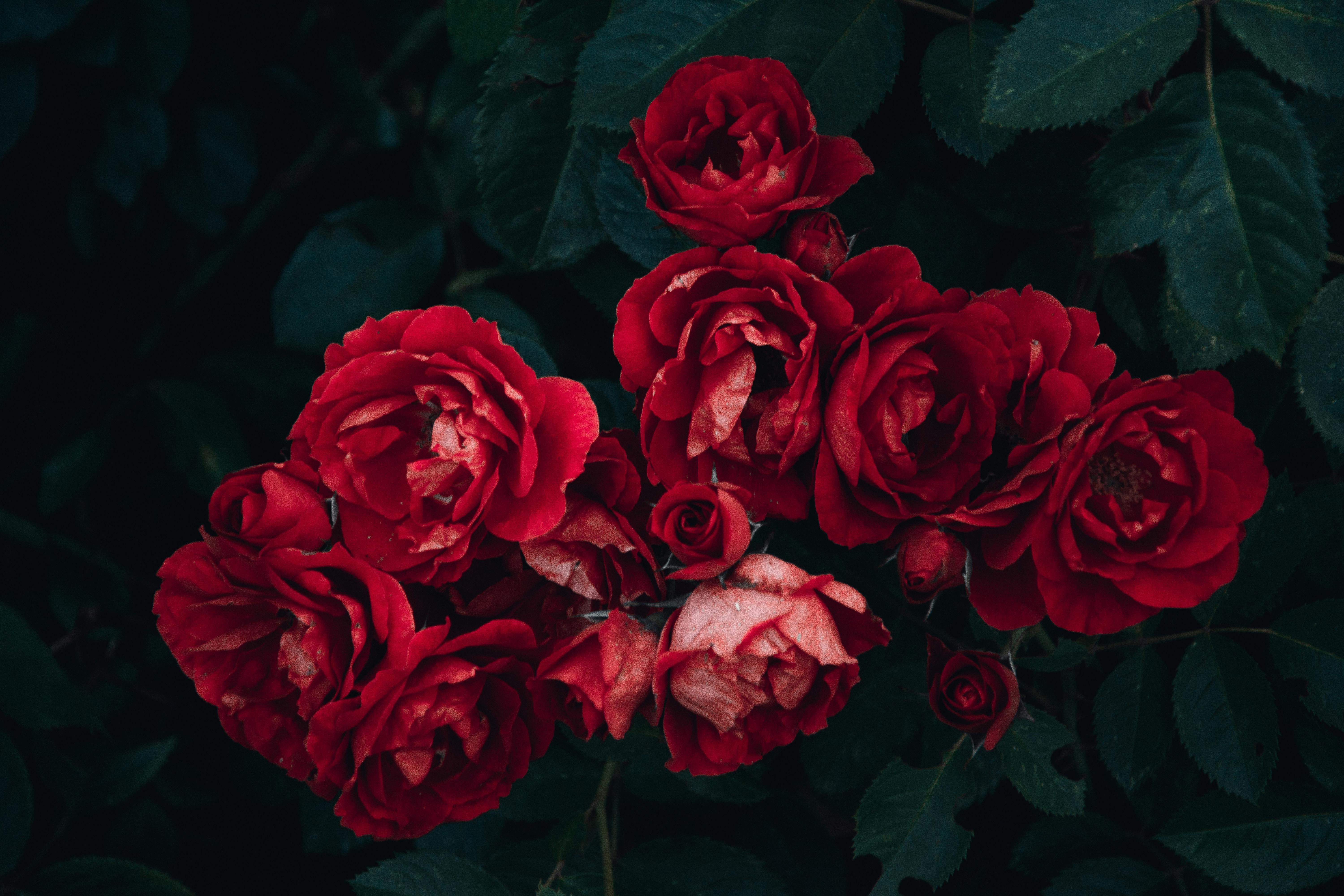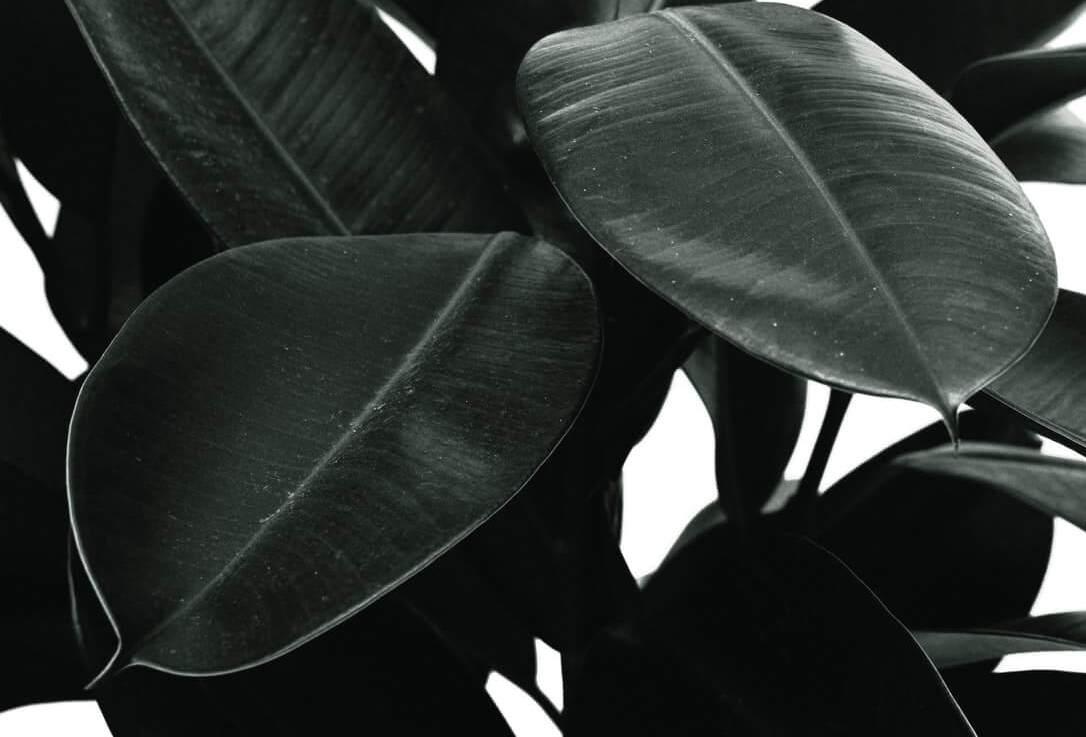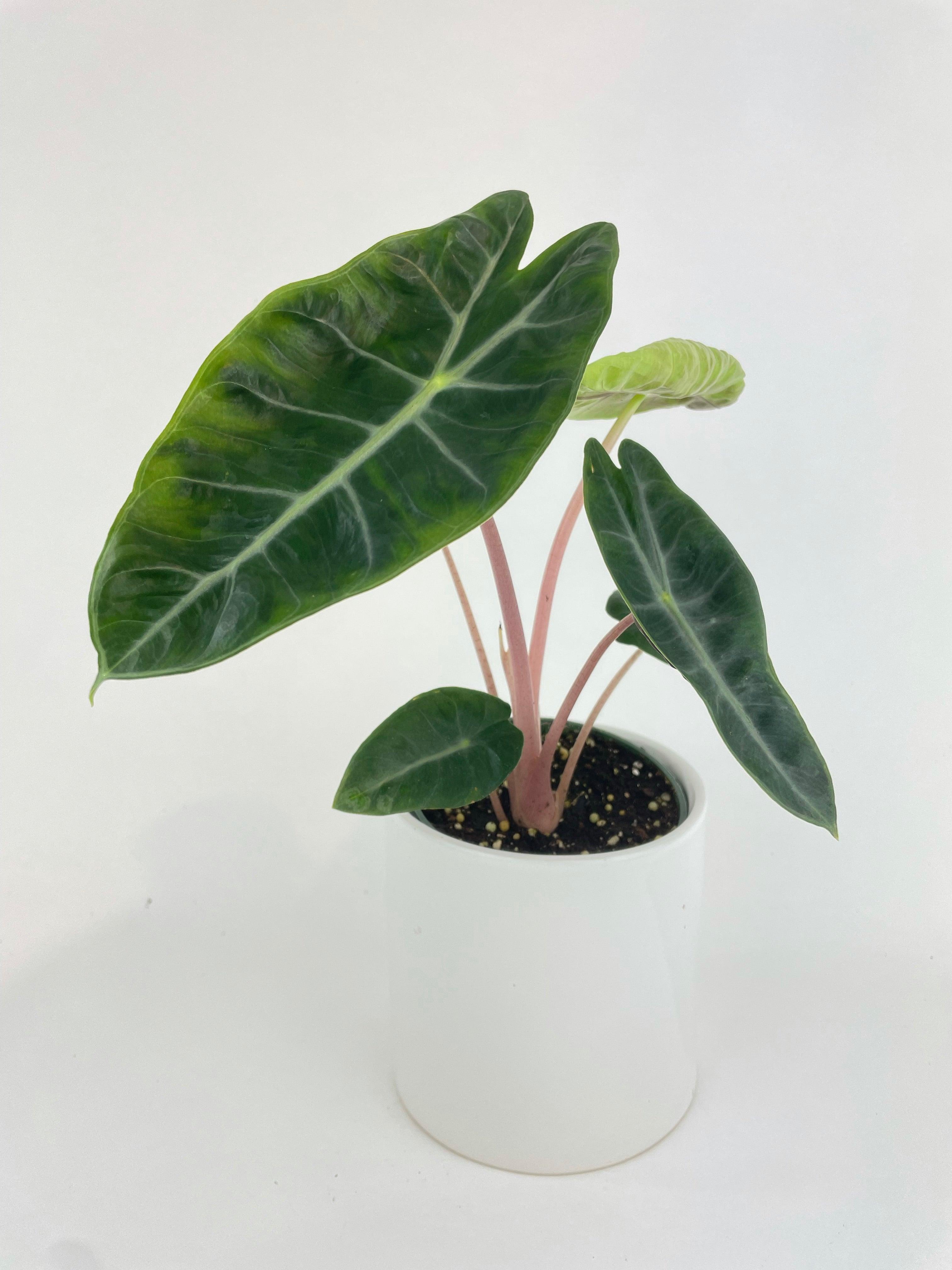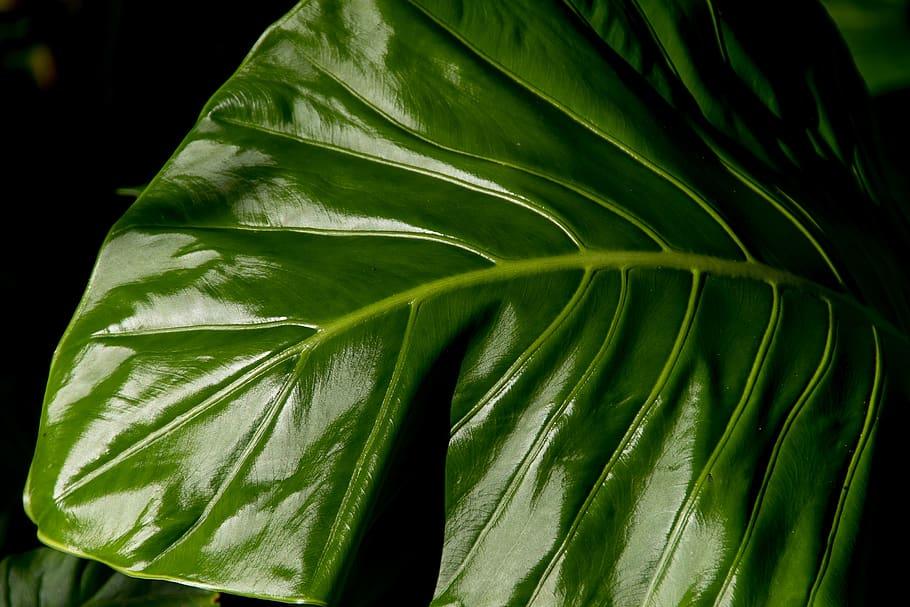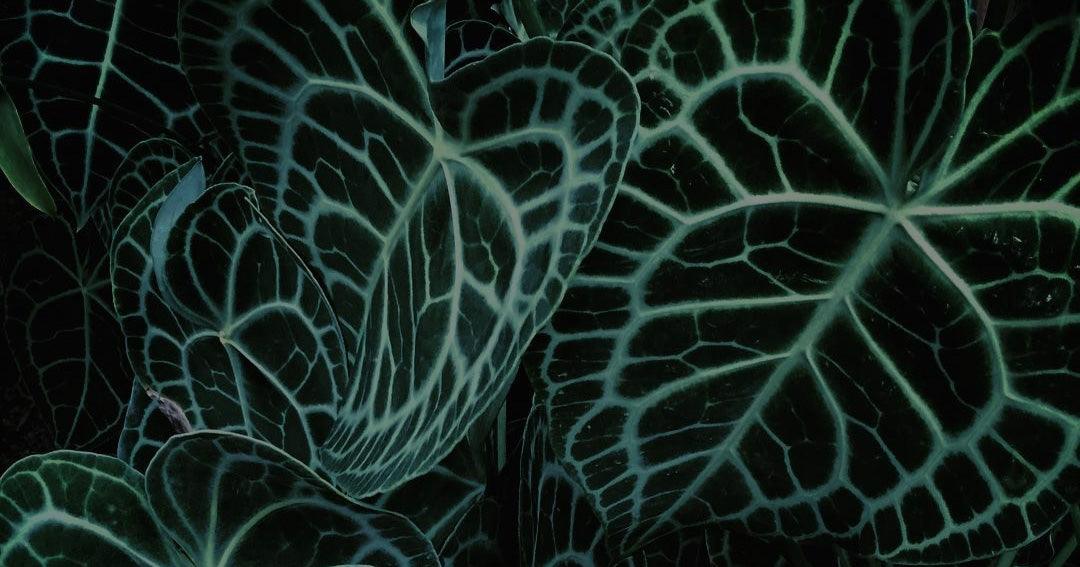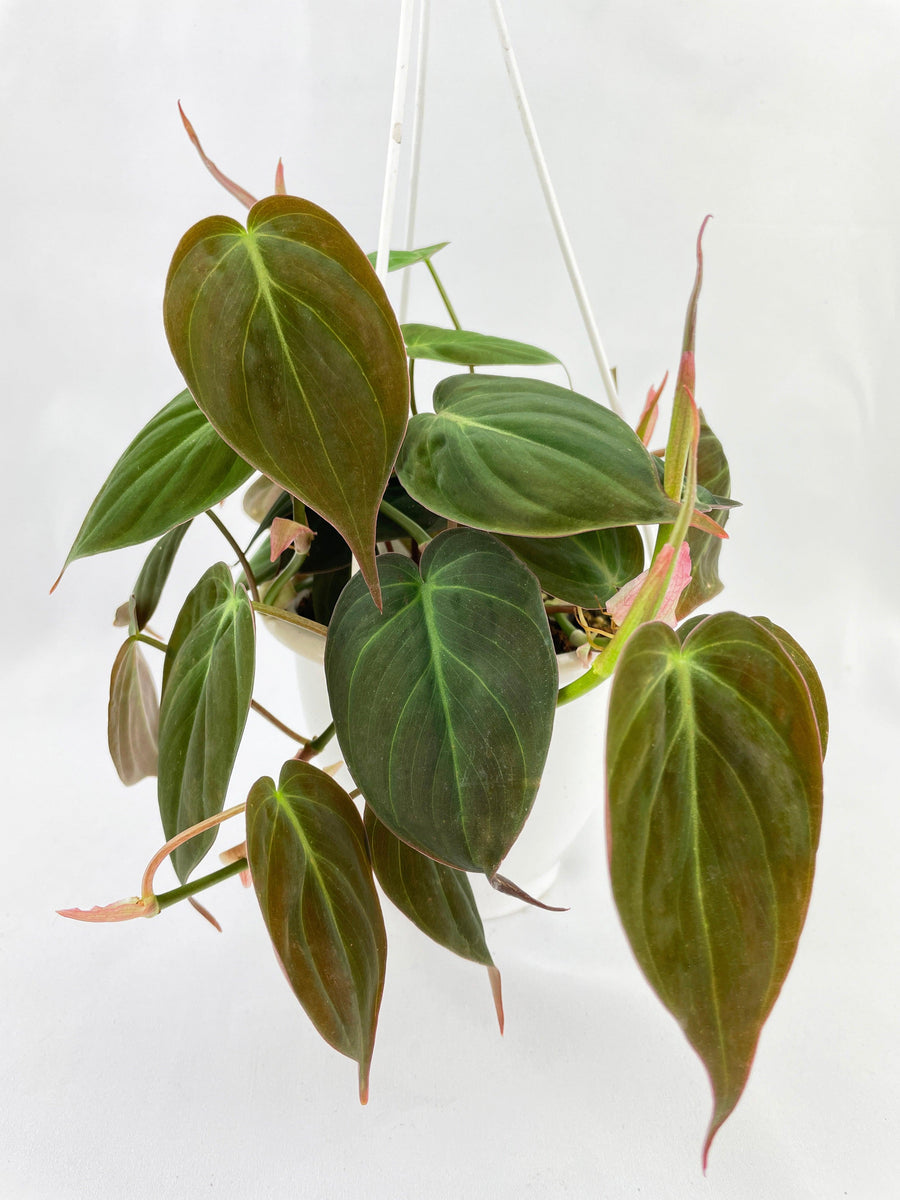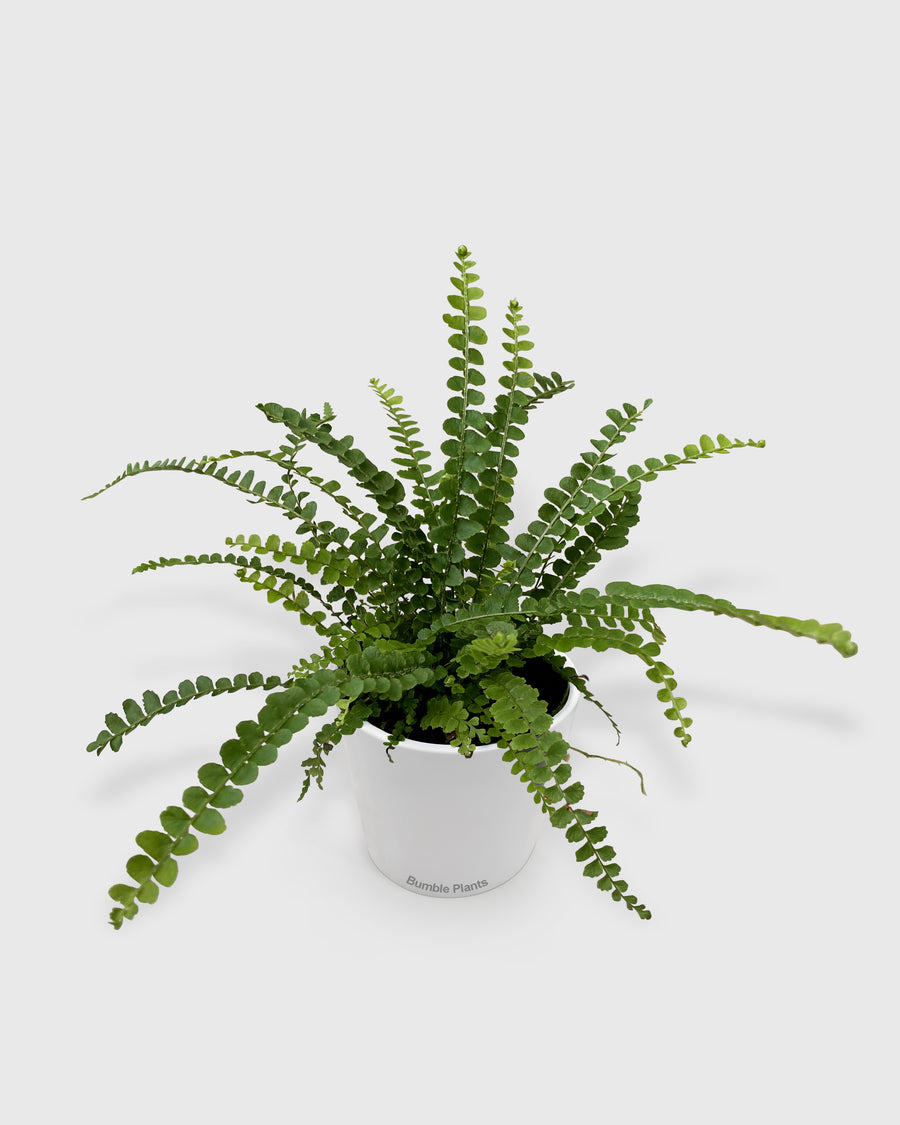Your Beginner's Guide to Carnivorous Plant Terrarium
Carnivorous plants introduce a unique and intriguing aspect to your home, offering a low-maintenance yet captivating addition to your indoor plant collection. In this guide, we'll explore the essentials of setting up and caring for a carnivorous plant terrarium, addressing common questions along the way.
Ever wondered if carnivorous plants can thrive in terrariums? How about the best practices for watering or the ideal soil for these plants? We've got you covered. Join us as we delve into the practical aspects of creating and maintaining a carnivorous terrarium, where extraordinary meets achievable.
Getting Started
Creating your own carnivorous plant terrarium begins with selecting the right plant companions and choosing an appropriate container.
Selecting Suitable Carnivorous Plants
When it comes to carnivorous plants for terrariums, simplicity is key for beginners. Venus flytraps, sundews, and pitcher plants are popular choices due to their adaptability to indoor environments. Consider your terrarium's size and the care level you're comfortable with before making a selection.
Choosing the Right Terrarium Container
The container you choose plays a crucial role in the well-being of your carnivorous plants. Opt for a transparent container to allow sunlight in and give you a clear view of your mini ecosystem. Consider the size and shape, ensuring it provides enough space for your chosen plants to grow.
Setting Up Your Terrarium
The success of your carnivorous plant terrarium depends on the environment you create. Let's delve into the crucial steps of setting up a habitat that mimics the natural conditions these unique plants thrive in.
Choosing the Right Soil and Ensuring Proper Drainage
Carnivorous plants have specific soil requirements. Opt for a well-draining mix, like a blend of sphagnum moss and perlite, to mimic the nutrient-poor, acidic conditions they favor. Adequate drainage prevents waterlogged soil, a common issue that can be detrimental to these plants.
Creating an Optimal Environment (Temperature and Humidity)
Carnivorous plants, originating from boggy environments, appreciate higher humidity levels and cooler temperatures. Aim for a temperature range between 70°F to 80°F (21°C to 27°C) and maintain humidity levels around 50% to 60%. Consider the placement of your terrarium to achieve these ideal conditions.
Planting and Arrangement
Now that you've chosen your carnivorous plants and set up the terrarium environment, it's time to delve into the planting process and creating an aesthetically pleasing arrangement.
Proper Spacing and Arrangement Tips
Ensuring adequate space between plants is crucial for their healthy growth. Avoid overcrowding, allowing each plant to receive sufficient light and nutrients. Consider the growth habits of the selected species and arrange them accordingly for a visually appealing terrarium.
Techniques for Planting Carnivorous Species
Planting carnivorous plants requires a delicate touch. Handle their sensitive roots with care and consider the planting depth for each species. Some may prefer to be partially buried, while others thrive when their roots are more exposed.
Terrarium Care
Now that your carnivorous plants are settled in their new home, maintaining their well-being is key. Let's explore essential care practices to ensure your terrarium thrives.
Managing Watering and Moisture
Carnivorous plants are adapted to nutrient-poor environments, deriving their nutrients from prey. Water your terrarium sparingly, using distilled or rainwater to prevent the accumulation of minerals. Maintain a consistently moist but not waterlogged soil to mimic their natural habitat.
Providing the Right Amount of Light
Balanced light exposure is crucial for the success of your carnivorous plant terrarium. While these plants thrive in bright, indirect light, direct sunlight can be too intense. Experiment with the placement of your terrarium to find the perfect balance and monitor the plants for any signs of stress.
Troubleshooting
Even with the best intentions, challenges may arise in maintaining a thriving carnivorous plant terrarium. Let's address common issues and provide solutions to keep your mini ecosystem in optimal condition.
Addressing Common Issues
1. Yellowing Leaves
Yellowing leaves can be a sign of various issues, including overwatering, inadequate light, or nutrient deficiencies. Assess the specific conditions in your terrarium and make adjustments accordingly. Trim any yellowed or damaged leaves to encourage new growth.
2. Pests and Diseases
Carnivorous plants are relatively resilient, but pests and diseases can still pose a threat. Inspect your plants regularly for signs of pests like aphids or spider mites. If detected, address the issue promptly with natural remedies or insecticidal soap.
3. Nutrient Deficiencies
Given their unique diet, carnivorous plants may suffer from nutrient deficiencies if not provided with enough prey. Consider supplementing their diet with occasional feedings of small insects, such as fruit flies, to ensure they receive the necessary nutrients.
Enjoying Your Carnivorous Terrarium
With your carnivorous plant terrarium thriving, it's time to sit back and appreciate the unique beauty of your mini ecosystem. Here are some tips for enjoying and sustaining the captivating world you've created.
Observing Plant Behavior and Interactions
One of the joys of a carnivorous terrarium is witnessing the fascinating behaviors of these plants. Observe how they capture prey and interact with their environment. Each species has its own distinct habits, adding to the allure of your terrarium.
Tips for Long-Term Success and Maintenance
Sustaining a healthy carnivorous terrarium requires ongoing care and attention. Develop a regular maintenance routine, including trimming any dead foliage and monitoring the overall health of your plants. As your plants grow, adjust the arrangement to maintain an aesthetically pleasing and functional terrarium.
Conclusion
Congratulations on successfully navigating the intricacies of creating and maintaining a carnivorous plant terrarium! In this guide, we've covered everything from selecting the right plants and container to setting up the perfect environment and addressing common challenges.
Recap of Key Points
- Plant Selection: Choose suitable carnivorous plants, considering their adaptability to indoor environments.
- Terrarium Container: Opt for a transparent container that allows sunlight in and provides ample space for plant growth.
- Setting Up the Terrarium: Use a well-draining soil mix and maintain optimal temperature and humidity levels.
- Planting and Arrangement: Avoid overcrowding, and handle the plants' sensitive roots with care during planting.
- Terrarium Care: Water sparingly with distilled or rainwater, and provide balanced light exposure.
- Troubleshooting: Address issues like yellowing leaves, pests, and nutrient deficiencies promptly.
- Enjoying Your Terrarium: Observe plant behavior, and develop a maintenance routine for long-term success.
Remember, every terrarium is a living work of art, and your involvement ensures its continued vibrancy and health. Whether you're a beginner or an experienced enthusiast, the world of carnivorous plant terrariums offers endless possibilities for exploration and enjoyment.


